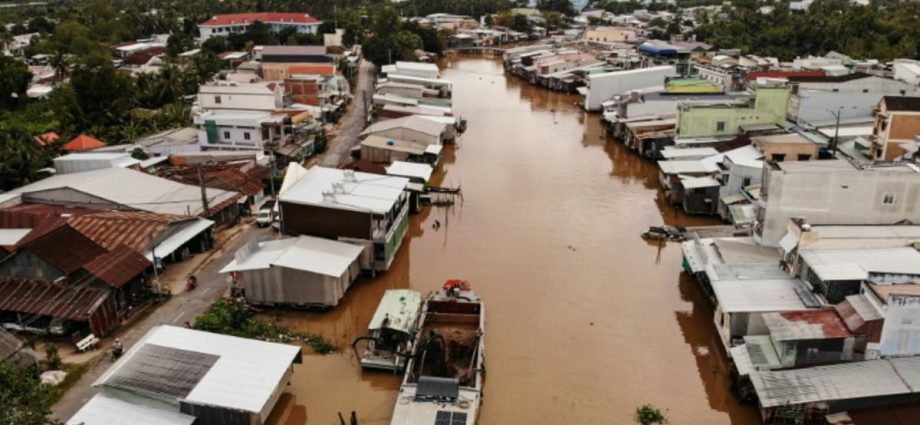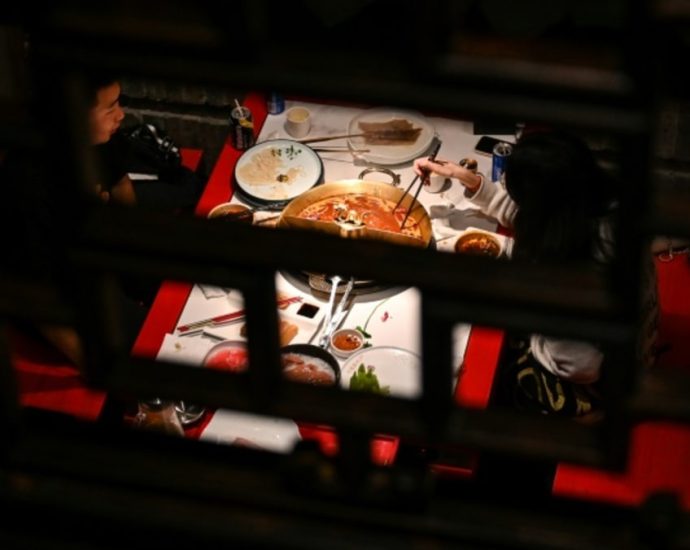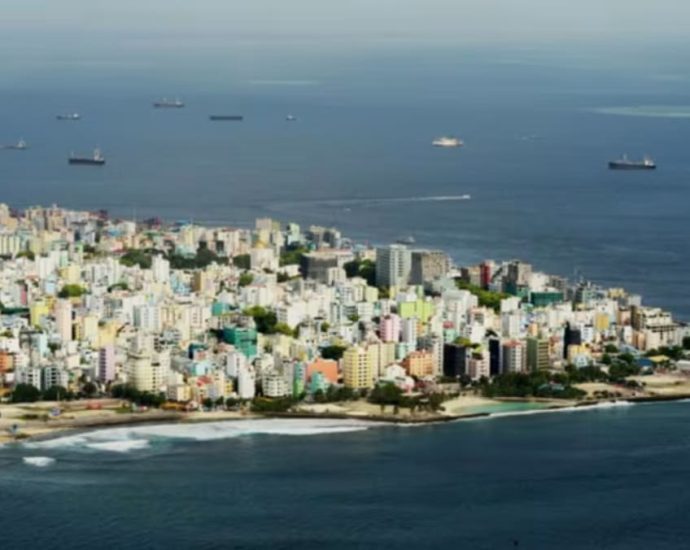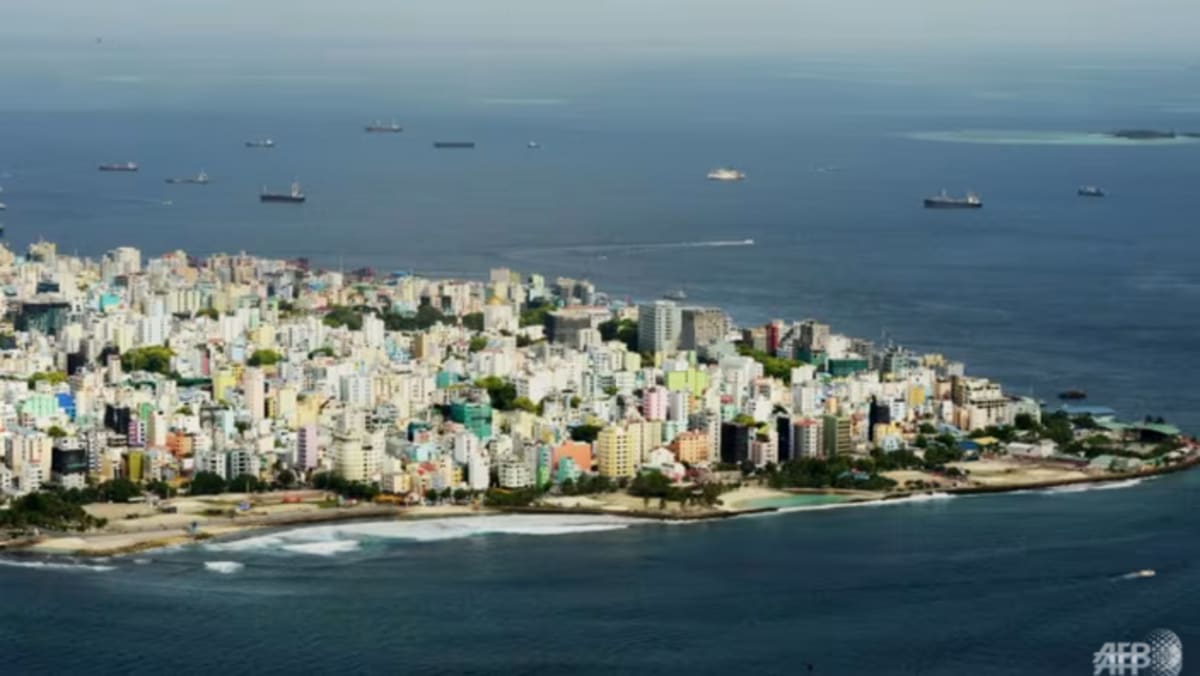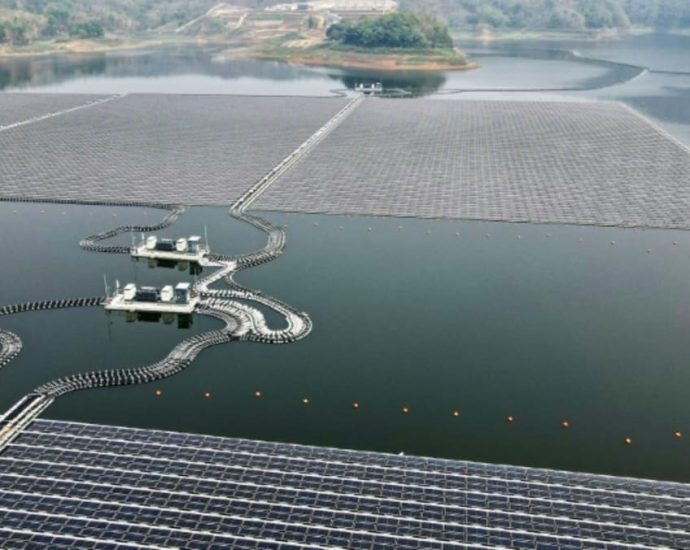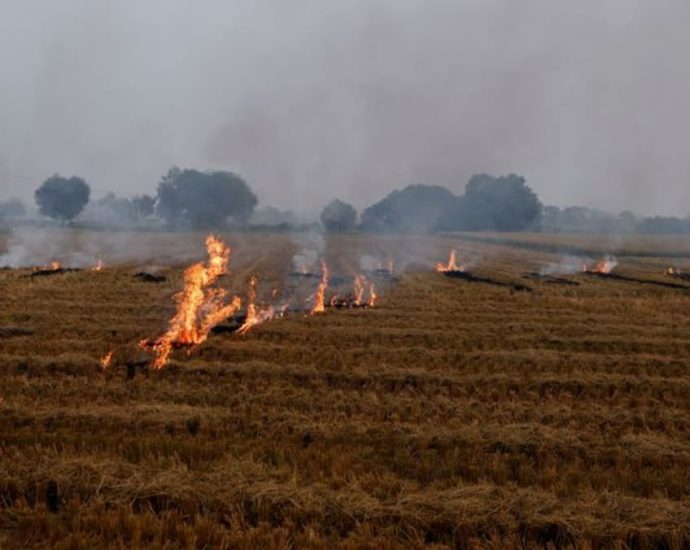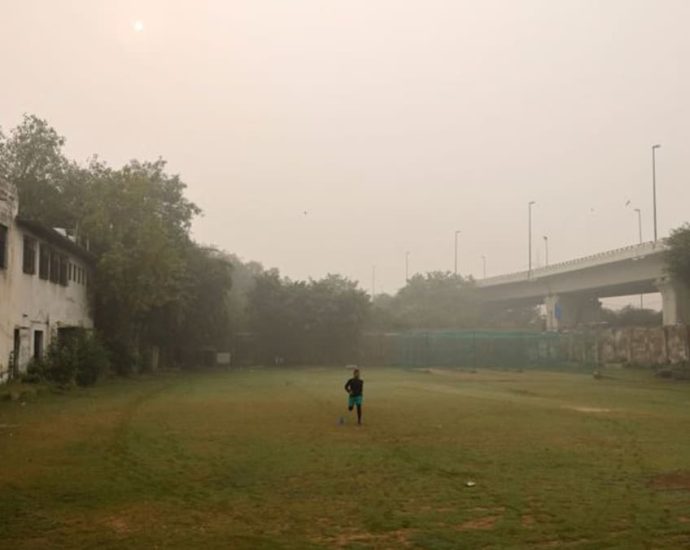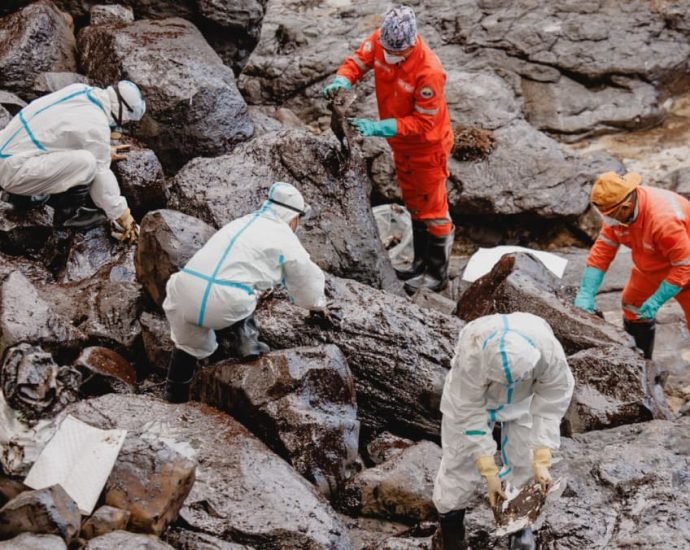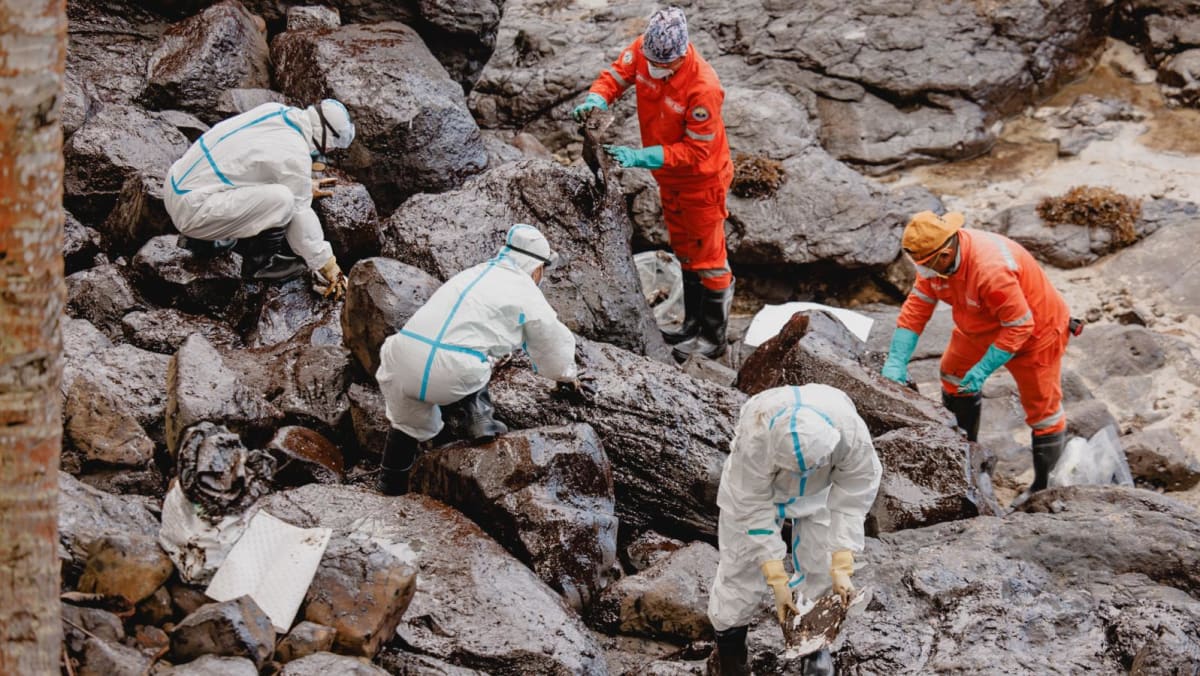Sand mining in Vietnam’s Mekong Delta sinks homes, livelihoods
Over the past two decades, hydropower dams upstream on the Mekong have restricted the flow of sand to the delta. Sand mining to feed Vietnam’s construction boom is also fast depleting resources, according to a major WWF report published earlier this year. With less sand, river flows become lighter andContinue Reading

